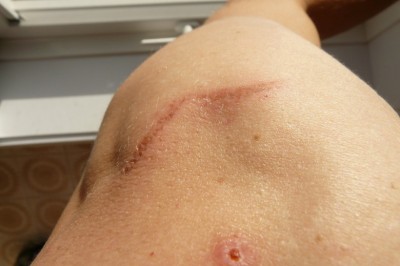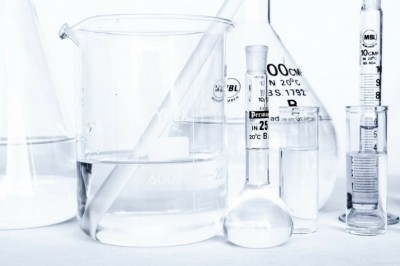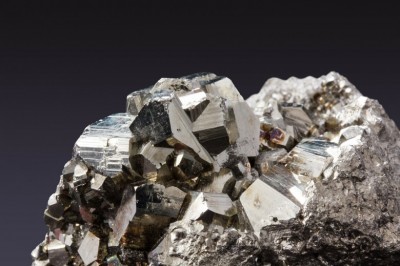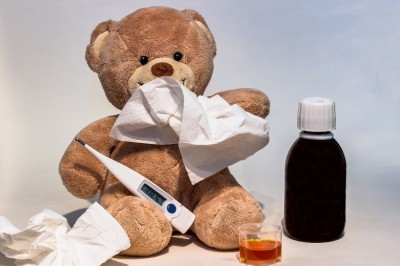Sodium Hydroxide Processing and First Aid Measures
Sodium hydroxide is one of the strongest alkaline with a chemical formula NaOH. It is also known as lye or caustic soda. Industries use this compound in manufacturing paper, pulp, textiles, soap, and many cleaning agents. This strong base forms heat-evolving solutions with water. It undergoes chemical reaction with acids, acidic oxides and some transition metals.
Precautions in handling this substance must be observed because of its corrosiveness. The compound causes irritation and injury on any part of the body that comes in contact with it. Skin contact with this hydroxide causes burning, ulceration and permanent scars. The severity of this damage depends on the length that the alkaline stays on the skin and the concentration or the amount of chemical that comes in contact with the skin tissue. When the mist or tiny particles of the compound is inhaled, the lining of the upper respiratory tract suffers from the exposure, manifesting symptoms like runny nose, sneezing and coughing. Depending on the amount of substance inhaled, respiratory exposure could lead to severe irritation with congestion and pulmonary edema, the build up of fluid in the lungs. Ingestion of the compound can lead to burning of the mouth and throat. The gastric lining can suffer from irritation and in severe cases it may rupture and bleed. Other symptoms of gastrointestinal irritation also occur such as vomiting and diarrhea. Death may occur in extreme cases. The strong alkaline may cause blindness due to corneal damage and clouding.
These health hazards prompt the proper care and handling of the alkaline. Accidents are, however, unavoidable sometimes. The following are first aid measures for sodium hydroxide exposure and injury.
1. In case of respiratory exposure, immediately remove the victim from the unsafe area and take him to fresh air. Make sure to wear a protective mask when doing this. Get the vital signs of the patient, pulse rate and breathing. If breathing is arrested, administer cardiopulmonary resuscitation or artificial respiration. This procedure may only be done by a trained person. Do not hesitate to call for medical help as serious complications can occur in a few while. The patient may stay in a hospital for observation in the next several hours. Reactions like pulmonary edema may appear after about 48 hours from exposure.
2. When sodium hydroxide gets onto the skin, flush the exposed area with lukewarm running water for sixty minutes. This flow of water should be continuous and uninterrupted. Take off the victims contaminated clothes. The person giving first-aid should avoid getting in direct contact with the substance. It is safe to wear protective gloves and clothing. Call for medical help. Immediately dispose of the clothes, shoes, and whatever the victim wears that was exposed to the substance.
3. Accidental exposure of the eyes may abruptly result to corneal damage. Again, do not come in contact with the alkaline. Wear protective gloves. Remove the patient from the place and then flush the affected eye with lukewarm water for sixty minutes. Hold the eyelids open and run the clean, lukewarm water uninterruptedly. Do not delay transporting the victim to a medical facility. Emergency cases like this should warrant immediate medical attention.
4. Should somebody accidentally ingest the compound, check whether the victim is conscious. If he is not conscious, fainting or quickly losing consciousness, do not give him anything orally. Immediately call medical help or take the victim to an emergency facility. If the victim remains conscious, lessen the possible damage by rinsing the mouth of the victim with sterile water. You must not induce vomiting, as regurgitating substance from the stomach can aggravate burning irritation in the mouth and esophagus. However, dilute the alkaline in the stomach by allowing the patient to drink about 8 to 10 ounces of water. Give milk, if it is on hand, only after water has been given. Should the victim vomit uncontrollably, allow him to drink water and rinse his mouth with water again. As earlier suggested, do not hesitate to call for medical assistance.
The importance of calling immediately for medical help is repeatedly implied in the preceding directions. This is extremely necessary. Especially during instances when no one can administer first-aid or when no one is sure about what to do.
Jo is an author and publisher for ReAgent Chemical Services Ltd (http://www.reagent.co.uk), a reputable UK stationed chemical company that makes, carries and sells a huge range of high quality chemicals. If your firm is searching for high quality chemical product such as Sodium Hydroxide or has other industrial compound requirements then check out ReAgent Chemical Services Ltd.




























